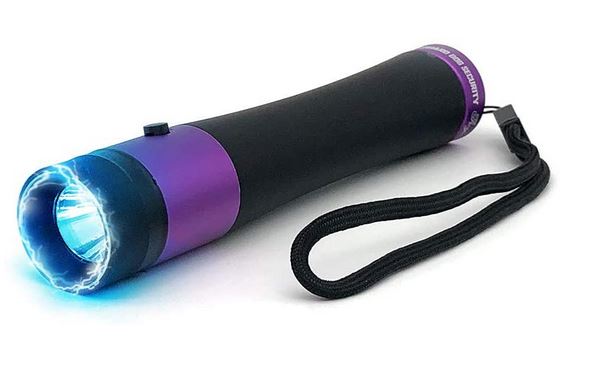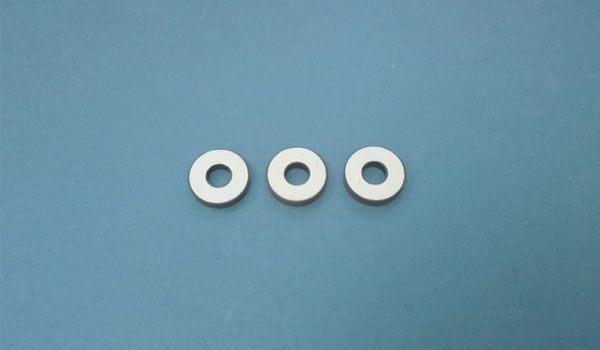

Initially discovered in 1880 by the Curie brothers, the piezoelectric effect has found its way into everyday electronics we rely on for everyday use, including smartphones, laptops, sensors, LEDs, and more. Those materials include crystals, ceramics, polymers, wood (cellulose fibers), and a host of other synthetic and composite materials. The piezoelectric effect is the ability of certain materials to generate an electric field in response to applied mechanical stress. Today we’re seeing the development of ever-more piezoelectric materials and devices. For example, the powerful sonar “sonobuoy” small sensitive microphones, and the ceramic audio tone transducer, were made possible by piezoelectricity. The creation of various more-advanced technologies can be traced to discovery of piezoelectricity.

3 That all becomes possible with piezoelectricity. That piezo crystal turns the sound energy in your voice, and changes it into electrical signals for your computer or your phone to interpret.

For example, when you use some type of voice-recognition software, or even Siri on your smartphone, the microphone that you’re speaking into is probably using piezoelectricity. Many electronic devices today use piezoelectricity. Amber also happened to be a source of electrical charge. Interestingly, electric in Greek means amber. The term piezoelectricity comes from the Greek word piezo meaning to squeeze or press. It was after they verified that when an electric field was enforced onto crystal leads, it led to the malformation or disorder to the crystal lead-now called the inverse piezoelectric effect. The Curie brothers soon discovered the inverse piezoelectric effect. 1 They later referred to that strange and scientific phenomenon as the piezoelectric effect. They found out about piezoelectricity after first realizing that pressure applied to quartz or even some certain crystals creates an electrical charge in that certain material. Piezoelectricity was discovered by two French scientists’ brothers, Jacques and Pierre Curie, in 1880. This file type includes high-resolution graphics and schematics when applicable.


 0 kommentar(er)
0 kommentar(er)
